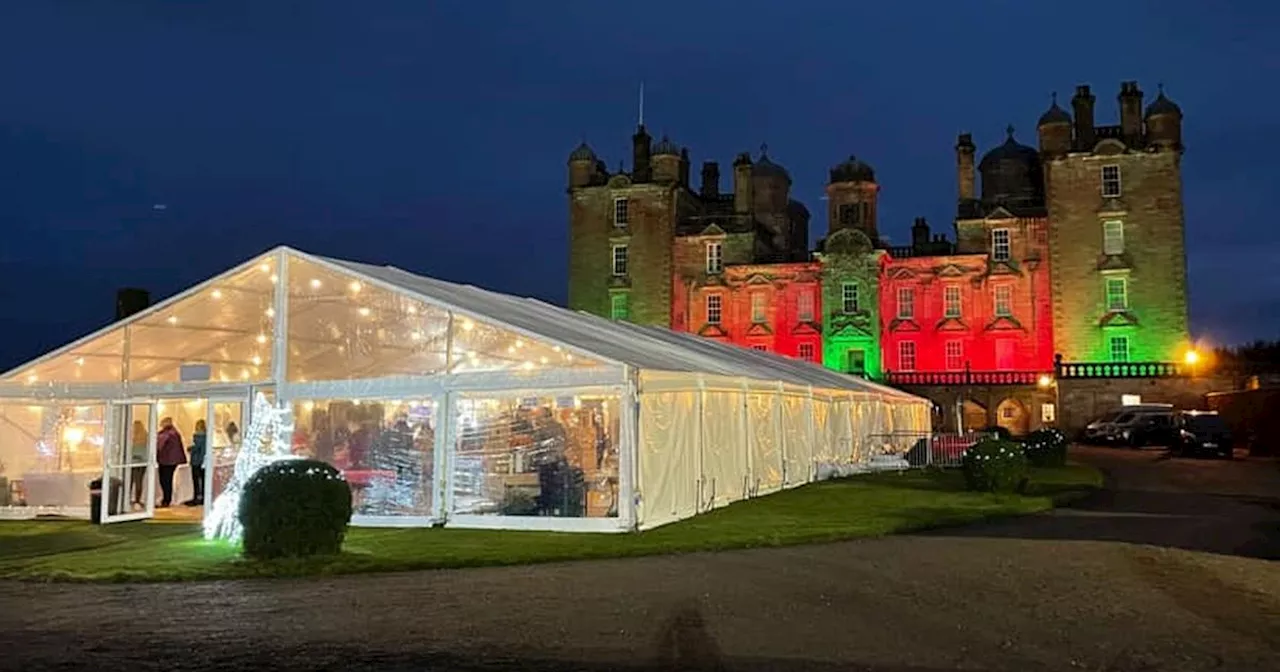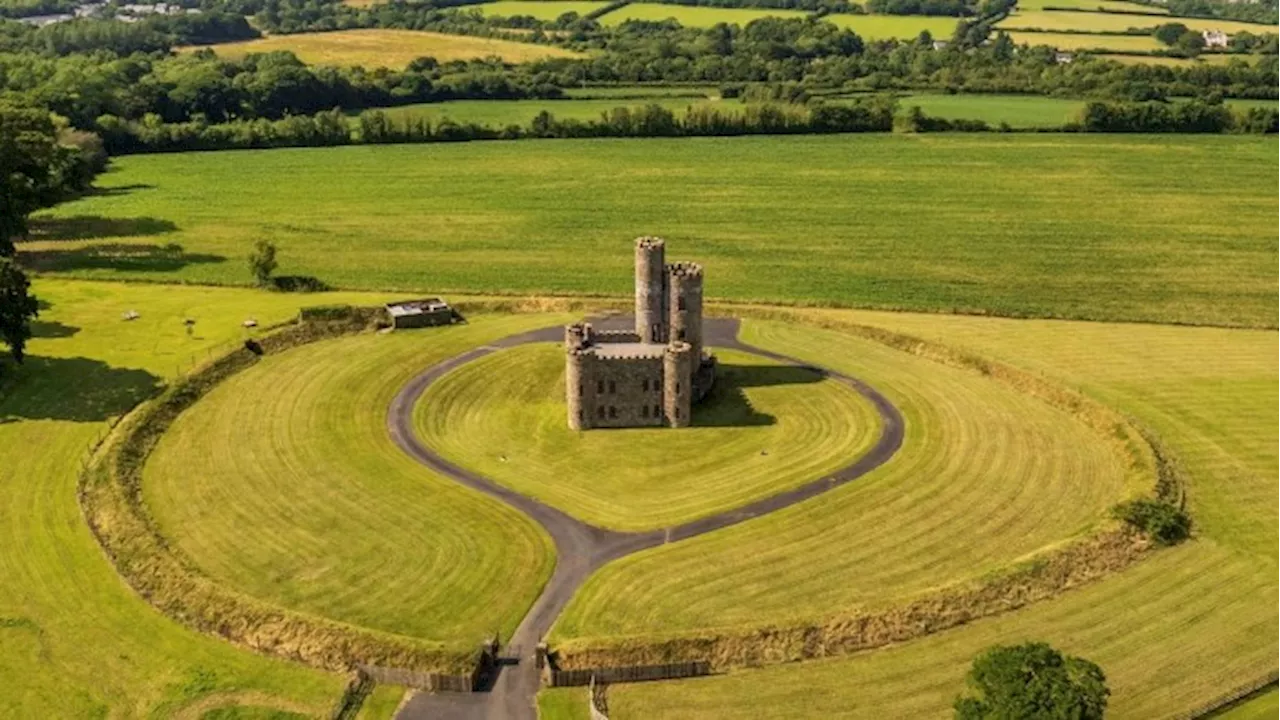This article delves into the fascinating history of Dunnottar Castle, a once-impenetrable fortress perched on a cliff in Scotland. From its early beginnings as a chapel in the 5th century to its role in the Scottish Wars of Independence and its eventual decline, the story of Dunnottar is one of political intrigue, architectural grandeur, and human resilience.
A clifftop castle in Scotland , which played a pivotal role in the nation's history, began to crumble into ruin in the 1720s after its owner got embroiled in the Jacobite rebellion. Perched near Stonehaven in Aberdeenshire is the cliffside fortress of Dunnottar Castle . Despite being in ruins now, it was once a grand and impenetrable structure. The ruins that are currently visible and open for visitation date back to the 15th and 16th centuries.
However, the site was initially fortified much earlier, with a chapel being established on the site in the 5th century, supposedly by St Ninian. It remains uncertain exactly when this chapel was fortified, but two sieges were recorded in the Annals of Ulster, occurring in 681 and 694, respectively. During King William I's reign in Scotland, Dunnottar became the administrative hub for the Mearns region. Around the same time, the castle featured in the Arthurian romance Roman de Fergus, where the protagonist must retrieve a magical shield from Dunnottar. Dunnottar eventually fell into English possession until William Wallace seized it in 1297 during the Scottish War of Independence. It's believed he held 4,000 prisoners in the castle before having them burned alive in the church. After the war of independence, the castle began to crumble until 1336, when King Edward III of England ordered its reconstruction and fortification to serve as a resupply base for his Northern campaigns in support of Edward Balliol's claim to the Scottish throne. By around 1359, William Keith had taken control of the castle following his marriage to Margaret Fraser, Robert the Bruce's niece. He then finished building the tower house at Dunnottar but was excommunicated by the Pope for constructing on sacred ground without the church's approval. This excommunication was eventually lifted in 1395, and the Keith family continued to live at Dunnottar until the 1700
DUNNOTTAR CASTLE SCOTLAND HISTORY MEDIEVAL CASTLE
United Kingdom Latest News, United Kingdom Headlines
Similar News:You can also read news stories similar to this one that we have collected from other news sources.
 The Scottish castle with winter walks and charming Christmas market this weekendFor the Daily Record's latest Walk of the Week, we have chosen a historic castle in in Dumfries and Galloway that is hosting a special Christmas Fair this weekend.
The Scottish castle with winter walks and charming Christmas market this weekendFor the Daily Record's latest Walk of the Week, we have chosen a historic castle in in Dumfries and Galloway that is hosting a special Christmas Fair this weekend.
Read more »
 Scottish 'Dragon's Den' castle being brought back to life after 280 yearsA Scottish castle dating back to the 16th century that has been abandoned for almost 300 years is set to be revived after being purchased by a new investor who hopes to turn it into a venue.
Scottish 'Dragon's Den' castle being brought back to life after 280 yearsA Scottish castle dating back to the 16th century that has been abandoned for almost 300 years is set to be revived after being purchased by a new investor who hopes to turn it into a venue.
Read more »
 This scottish castle is the ultimate festive luxury escapeUltimate comfort and luxury in a remote Scottish castle in South-West Scotland
This scottish castle is the ultimate festive luxury escapeUltimate comfort and luxury in a remote Scottish castle in South-West Scotland
Read more »
 Michel Roux Jr. to Open Hotel and Restaurant at Historic Scottish CastleA luxurious hotel and restaurant led by Michelin-starred chef Michel Roux Jr. is set to open in 2025 at Crossbasket Castle, a historic Scottish landmark.
Michel Roux Jr. to Open Hotel and Restaurant at Historic Scottish CastleA luxurious hotel and restaurant led by Michelin-starred chef Michel Roux Jr. is set to open in 2025 at Crossbasket Castle, a historic Scottish landmark.
Read more »
 New exhibition in Ayr explores history of the Scottish witch trialsThe exhibition will feature a memorial to the 64 accused witches of South Ayrshire.
New exhibition in Ayr explores history of the Scottish witch trialsThe exhibition will feature a memorial to the 64 accused witches of South Ayrshire.
Read more »
 Historic Castles for Sale in EuropeDiscover a selection of remarkable castles available for purchase, each offering a unique blend of historical charm and modern comforts. From a Grade II-listed motte and bailey castle in Devon to a grand Scottish baronial castle overlooking the Rivers Oykel and Shin, these properties provide an unparalleled opportunity to own a piece of history.
Historic Castles for Sale in EuropeDiscover a selection of remarkable castles available for purchase, each offering a unique blend of historical charm and modern comforts. From a Grade II-listed motte and bailey castle in Devon to a grand Scottish baronial castle overlooking the Rivers Oykel and Shin, these properties provide an unparalleled opportunity to own a piece of history.
Read more »
